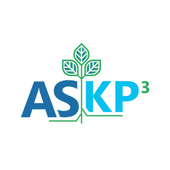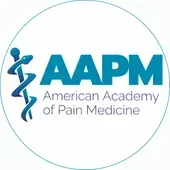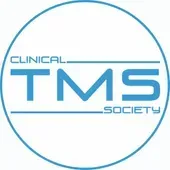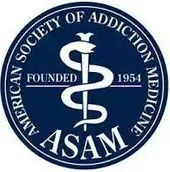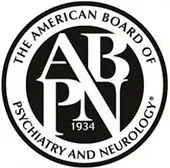Ketamine is administered in a physician’s office, clinic or hospital. Ketamine is in a pharmacologic class known as “dissociative anesthetic,” which means that it produces decreased sensation and sedation, which is sometimes described as “dream-like” or “a waking dream” because there is a subjective experience of being outside of yourself. Depending on the dosage and intensity, this experience can be unsettling if you are not prepared for it — that is why subanesthetic (lower) doses are given for depression.
There are several ways to administer ketamine:
- A troche (pronounced troh-key) which is an oral lozenge
- A nasal spray
- An intramuscular injection, or an intravenous injection into the bloodstream
Depending on the route of administration, patients will have different experiences which can be considered and discussed during the evaluation process.
In some cases, it is practical and appropriate to have a medically monitored ketamine experience by itself. For a more interactive therapeutic process, a qualified psychotherapist can provide talk-therapy while the patient is under the influence of ketamine — this is known as Ketamine-Assisted Psychotherapy or K.A.P. The details of this technique are best explained during a pre-ketamine psychotherapy session or sessions. Regardless of the protocol used for ketamine or K.A.P., the patient should expect to remain in the physician’s office for 2 hours before being discharged. Arrangements are made ahead of time for a ride home after ketamine treatment, as you cannot drive on the same day of treatment.
Ketamine/K.A.P. for depression can be used as a stand-alone treatment or in conjunction with other treatment options, such as other forms of therapy, medications, or transcranial magnetic stimulation (TMS). Treatment protocols are tailored to specific clinical needs but are generally two to three times per week for approximately two to four weeks before spreading out the treatments over longer intervals.
Relief from the symptoms of depression can happen in as little as a few hours, a huge difference from waiting for traditional prescription drugs to take effect. Those types of drugs can take several weeks to become fully effective, while the much quicker relief ketamine can offer helps people begin to manage their symptoms of depression in a more timely fashion. The trained clinician who oversees the process will monitor the patient for signs of progress, and the option to have additional sessions as part of a maintenance treatment can be discussed.
The positive effects of ketamine-assisted therapy can last a few days or a few weeks, and after the completion of a series of sessions, some people find a reduction in their depressive thoughts and feelings becomes permanent. How long the effects last depends on the patient’s brain chemistry (physiology), family history, the level of self-care they engage in, and other factors.
Contact Wave Treatment Centers for additional information.





